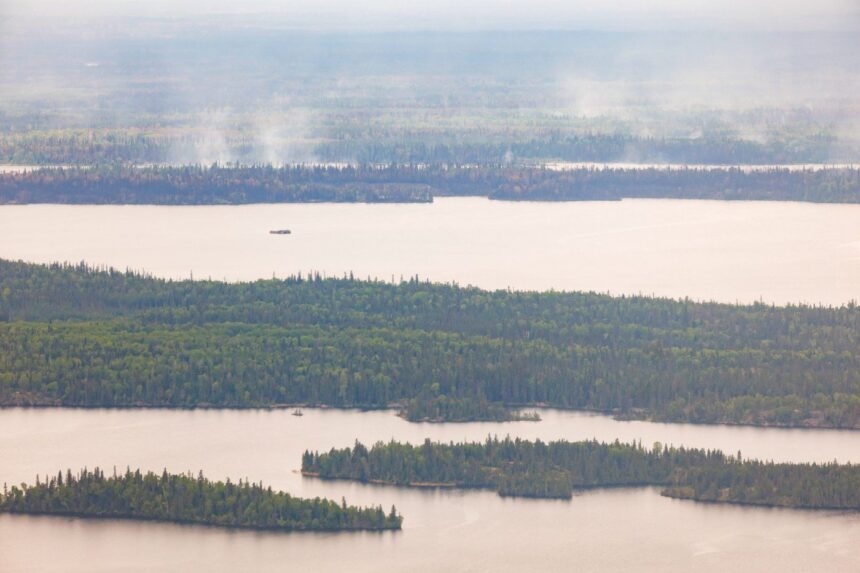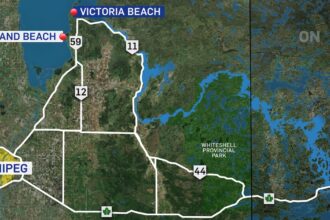Smoke blankets that stretch across thousands of kilometers are becoming an unwelcome summer reality for Canadian farmers, creating unprecedented challenges for the nation’s food production system. As wildfire seasons intensify and lengthen, agricultural communities are grappling with a phenomenon that threatens everything from pollination cycles to worker safety.
“We’ve never seen conditions persist like this before,” says Marion Chapdelaine, a third-generation berry farmer in British Columbia’s Fraser Valley. “The bees become disoriented in the smoke—they simply don’t function normally. Last season, our pollination rates dropped by nearly 40 percent during the worst smoke weeks.”
The impact extends far beyond bee behavior. Research from the University of British Columbia indicates that smoke-filtered sunlight reduces photosynthesis efficiency by up to 30 percent in some crops, effectively putting plants into a state of suspended growth. For time-sensitive harvests, these delays can mean the difference between profit and loss.
Ontario vegetable farmer Raj Patel describes the practical challenges: “We’ve had to completely rethink our scheduling. When smoke advisories hit severe levels, our outdoor workers simply can’t safely continue for full shifts. That means either accepting reduced productivity or investing in protective equipment we never budgeted for.”
Health concerns for agricultural workers have prompted industry groups to call for new workplace safety guidelines specifically addressing prolonged wildfire smoke exposure. The Canadian Agricultural Safety Association has begun developing protocols, but implementation remains inconsistent across provinces.
Economic impacts are mounting with each smoke-filled season. A report from Agriculture and Agri-Food Canada estimates that wildfire smoke reduced national crop yields by approximately $420 million in 2024 alone, with British Columbia, Alberta, and Ontario bearing the heaviest losses.
“What we’re witnessing is climate change directly affecting our food security,” explains Dr. Helena Westberg, climatologist at the University of Alberta. “The smoke events are becoming more frequent, more intense, and covering larger areas. This isn’t just a temporary inconvenience—it’s becoming a structural challenge to our agricultural systems.”
Adaptation strategies are emerging, though many remain cost-prohibitive for smaller operations. Large greenhouse operators have begun installing advanced filtration systems, while some field crop producers are experimenting with smoke-resistant varieties. Indigenous farming communities, drawing on traditional knowledge, have revived intercropping techniques that provide mutual protection during adverse conditions.
The federal government has acknowledged the growing threat, with Environment Minister Caroline Phillips announcing a $75 million research initiative to develop smoke-resistant agricultural practices. However, industry representatives argue this response fails to address immediate economic losses.
“We need both short-term relief and long-term solutions,” says Jean-Michel Tremblay, president of the Canadian Federation of Agriculture. “This isn’t just about this season’s crops—it’s about the viability of Canadian farming in a changing climate.”
As Canada faces another potentially record-breaking wildfire season, the question remains: can our agricultural systems adapt quickly enough to ensure food security in an increasingly smoke-filled future, or will we need to fundamentally rethink how and where we grow our food?










